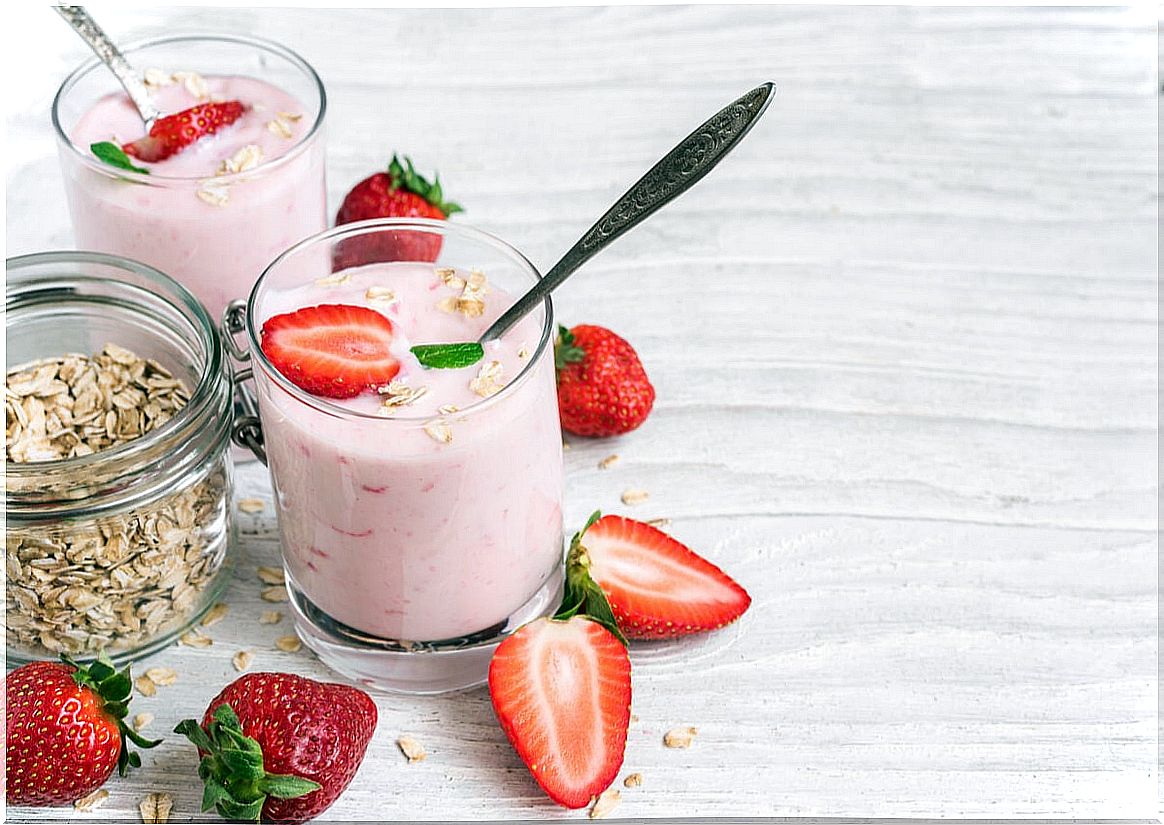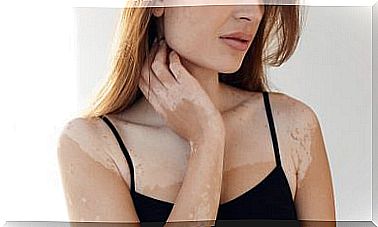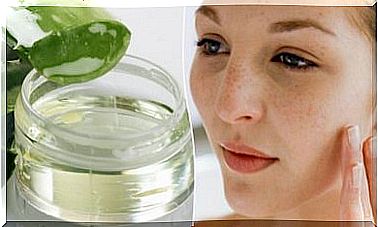Vitamin B10 (PABA): What Are Its Benefits?
One of the main classifications between vitamins is the differentiation of water-soluble and fat-soluble. Among the first, those of group B stand out, which make up a varied set of these micronutrients with similar functions. Among them, vitamin B10 or PABA is one of the least known.
Like B4, B8 or B11, para-amino-benzoic acid (PABA) is no longer labeled as a vitamin, as it does not meet its official definition. However, it is still important and necessary. It is used as a treatment in some diseases and has cosmetic applications. We know more in the following article.
What is para-amino-benzoic acid?
Vitamin B10 or PABA is an essential nutrient for microorganisms, but not for humans. This is so because, under normal circumstances, the body can make it from other molecules.
But just because it is a nonessential nutrient does not mean that it is neither necessary nor meaningful to the body. It is also called vitamin B10 and , in the past, it was considered part of the group B complex.
It is an off-white crystalline powder, odorless, with a bitter taste and slightly soluble in water. At the moment, the recommended daily amounts have not been set and its main dietary sources are cereal bran, wheat germ, yogurt, liver and kidneys.

Possible positive effects of vitamin B10 (PABA) in the body
As mentioned, para-aminobenzoic acid is an important nutrient for maintaining health. In the body, it helps regulate the metabolism and the use of proteins, as well as it is necessary for the formation of red blood cells. Some of the observed benefits are specified below.
Solar protection
It is one of the best known actions of PABA for health. It was introduced in the 1970s as a UVB filter in some sun creams. These types of rays are most associated with the appearance of burns and skin cell damage.
However, negative effects have also been reported. It is an ingredient with a high allergic capacity and with a tendency to create photosensitivity. In addition, it has been observed that it can inhibit the action of the thyroid gland, with which there are doubts about its possible positive effects.
In this sense, to this day, the Food and Drug Administration does not consider PABA as a safe ingredient to use in sunscreen creams. Its use is regulated, setting maximum amounts also for its derivatives. In Canada its use in cosmetics is not allowed.
Dermatological problems
Another application of vitamin B10 with more research to support it is associated with disorders or diseases that affect the skin. There are clinical trials that support the positive results of PABA as treatment or support in the following cases:
- Vitiligo: a skin disorder in which there are unpigmented areas. Supplementation with this vitamin obtained good results after several months of treatment. However, very high doses (greater than 8 grams) appear as possible inducers of the disease in healthy people.
- Scleroderma: It is an autoimmune disease that causes an overproduction of collagen. As a consequence, changes in capillary circulation appear on the skin. Good results have also been observed in treatment with PABA supplementation.
- Dermatitis herpetiformis: although with more limited research, there is evidence that it may be helpful. In this case, it is not the treatment of choice, but rather serves as support for those more severe situations or those that do not respond to traditional therapy.
Peyronie’s disease
This problem is also related to an abnormal accumulation of fibrous tissue, specifically in the penis. In a study from the European Urology a significant reduction in plaque was observed, so experts indicate that following a treatment with potassium paraaminobenzoate may be useful to stabilize the disorder and prevent the progression of penile curvature.
Hair color and health
As shown in reviews of studies on gray hair pigmentation, PABA is one of the supplements evaluated. Positive results have been observed with this supplement, although these disappeared when you stopped taking it.
In addition, it is said that people who took PABA for the treatment of any of the aforementioned diseases saw their hair color darkened 35% of the time after a period of between 2 and 10 months. However, experts point out that the quality is low, since the final results report few cases in total.
Side effects and contraindications of para-amino-benzoic acid
This molecule is initially considered a safe compound for most people when applied to the skin. However, and, as noted, today its use as an ingredient in sunscreen creams is not recommended.
Over time, dermatologists have observed quite a few cases of sensitization to this and other compounds of similar structure. Additionally, continued exposure to these products could elicit autoimmune responses. Especially systemic lupus erythematosus and dermatomyositis.
As a supplement, its use can interfere with other molecules, such as sulfonamides and aminosalicylic acid. Between 1985 and 2008 cases of liver damage have been reported with the intake of para-amino-benzoic acid. Treatment with vitamin B10 might not be the cause, but the liver’s condition improved when it was withdrawn.
It is not recommended for use in pregnancy and lactation or for those who suffer from liver diseases or disorders. A part of the scientific community has doubts about the safety of vitamin B10 as a supplement, as the studies are few. That is why it is important to always take it under a medical prescription.

Precautions for the use of vitamin B10 or PABA
Para-amino-benzoic acid is an essential nutrient for the maintenance of health, as it is necessary in different functions carried out by the body. There are no officially recommended amounts and it can be provided by foods such as yogurt, wheat bran or liver.
The main problem that it usually generates are allergic reactions, especially with those products for skin application. In oral form it has been shown to have action, but given the little evidence on its use as a supplement, it should be taken under the advice and supervision of a specialist.









